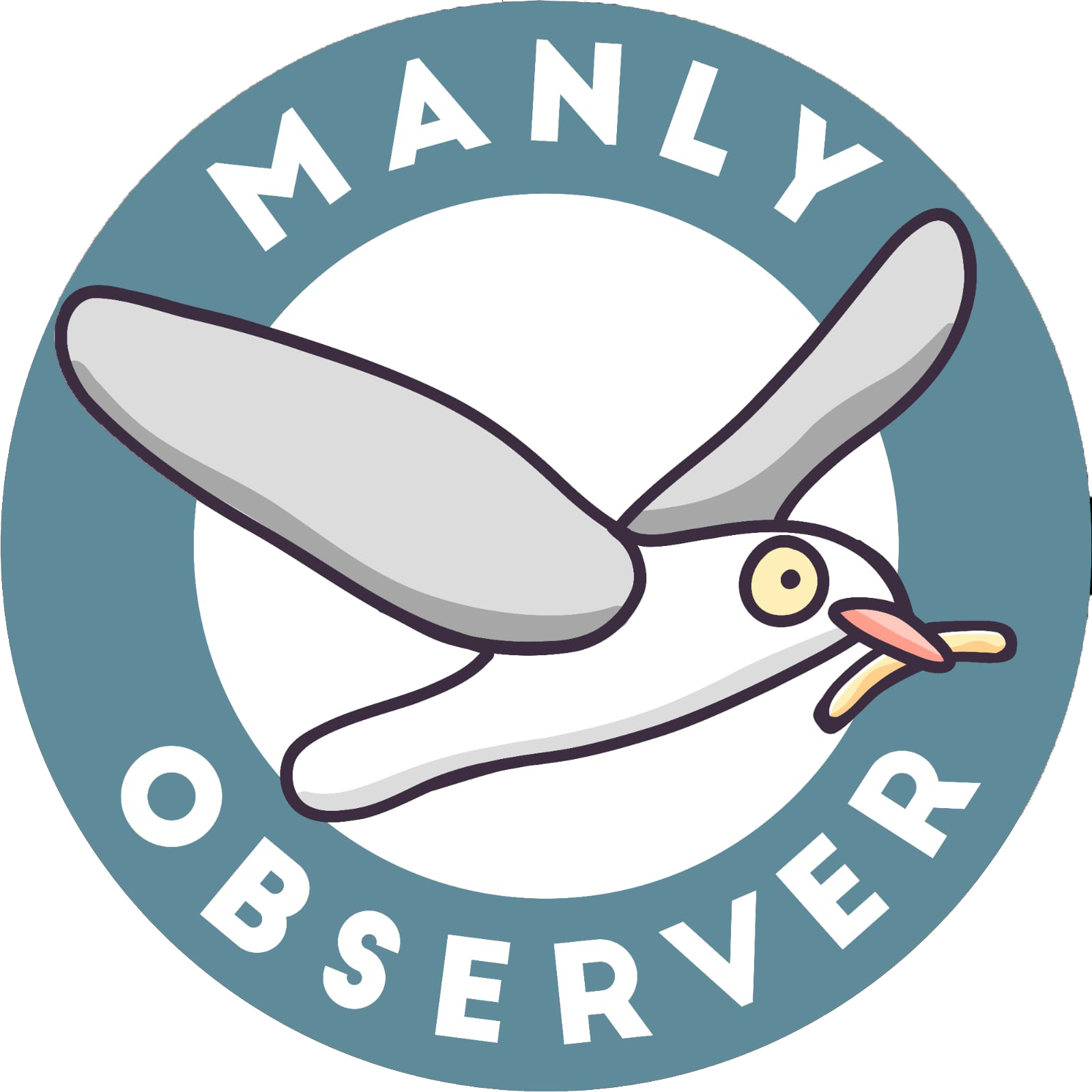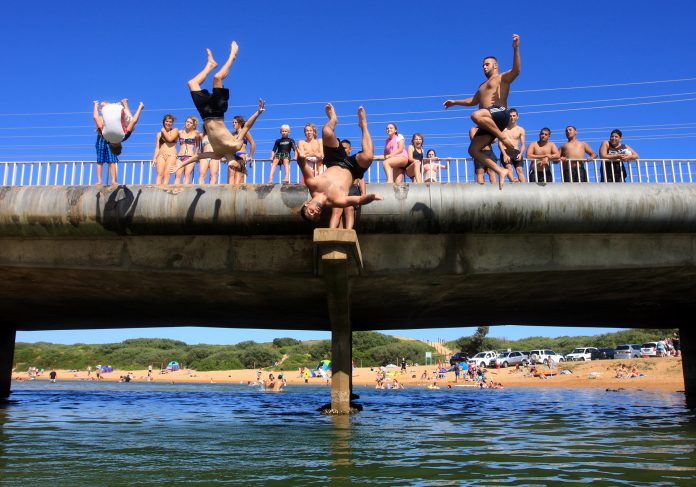Northern Beaches Council is appealing for community feedback on a draft strategy to better manage and keep open the entrance to Narrabeen Lagoon, vulnerable to both sand build-up and massive sudden erosion, particularly during extreme weather events.
Dealing with the hydrology of the shifting sands and turbulent tides requires expensive and complex maintenance operations and occasional emergency evacuation of residents.
Narrabeen Lagoon is the largest coastal lagoon in Sydney and among four in the Northern Beaches Local Government Area, including Curl Curl, Dee Why and Manly. They are all known as ICOLLs: Intermittently Closed and Open Lake and Lagoons.
Sand brought in on the tide slowly fills the entrance channel to form a ‘berm’, which restricts water flow between the lagoon and the sea. During intense storms or tidal surges, this sand is often flushed away – such as the entrance to Manly Lagoon in March 2022 during a series of East Coast Lows that eroded Queenscliff Beach.
Then the cycle begins again.
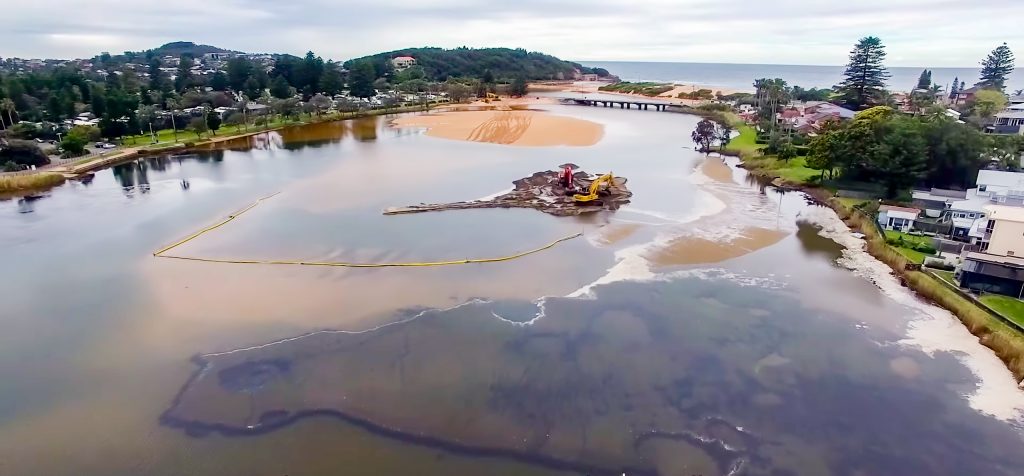
Council’s draft strategy, released 6 May 2022, lists three possible options for a more efficient long-term solution to better regulate the tidal opening of the lagoon on North Narrabeen Beach.
Council has rejected the construction of permanent breakwalls, otherwise known as ‘groynes’, that restrain and divert tidal surges, which have been a feature of ocean management in low-lying countries experiencing severe coastal erosion.
Instead, Council favours more frequent dredging with extracted sand used to replenish the substantial beach loss along the Collaroy-Narrabeen seafront.
According to the Council, “The draft Narrabeen Lagoon Entrance Management Strategy is a comprehensive investigation of all aspects of entrance management, including sand transport, flood benefits and entrance efficiency and dynamics.”
One of the primary objectives of their long-term solution is to mitigate the risk of floodwaters inundating low-lying houses around the lagoon.

The three long-term options for consideration in the draft strategy include:
* Ebb-Tide Channel: half-tide training walls or low-level rock structures would be installed within the Lagoon entrance to harness the outgoing tide to help push sand away from accumulated areas and thereby reduce sand build-up.
* Mobile Sand Pumping: an alternative to trucking sand down the beach during an entrance clearance, this would see excavated sand fed mechanically into a mobile hopper as a slurry pumped through a permanent pipeline and then a temporary delivery pipeline for beach replenishment along Collaroy-Narrabeen Beach.
* Low Flow Pipes: low flow pipes similar to those at Manly Lagoon entrance would be installed to improve water clarity in the Lagoon through regular tidal exchange. This would maintain lower initial water levels when the Lagoon entrance is closed.
Also included in the draft strategy are recommendations to revegetate Birdwood Park sand dune on the south side of Narrabeen Lagoon entrance, to assist soil stabilisation.
Option two, Mobile Sand Pumping, is considerably cheaper than extracting and carting sand via trucks, which may involve up to 6,000 journeys when it is initiated every few years, and costs hundreds of thousands of dollars per operation.
According to Council, “It is recommended that mobile sand pumping (as an alternative to trucking sand) be reviewed if lower cost pricing becomes available from a contractor-delivered scheme rather than Council purchasing pipes and pumps.”
Option three, Low Flow Pipes, would necessitate digging a tunnel south beneath Ocean Street, to run parallel to Narrabeen Beach towards Collaroy.
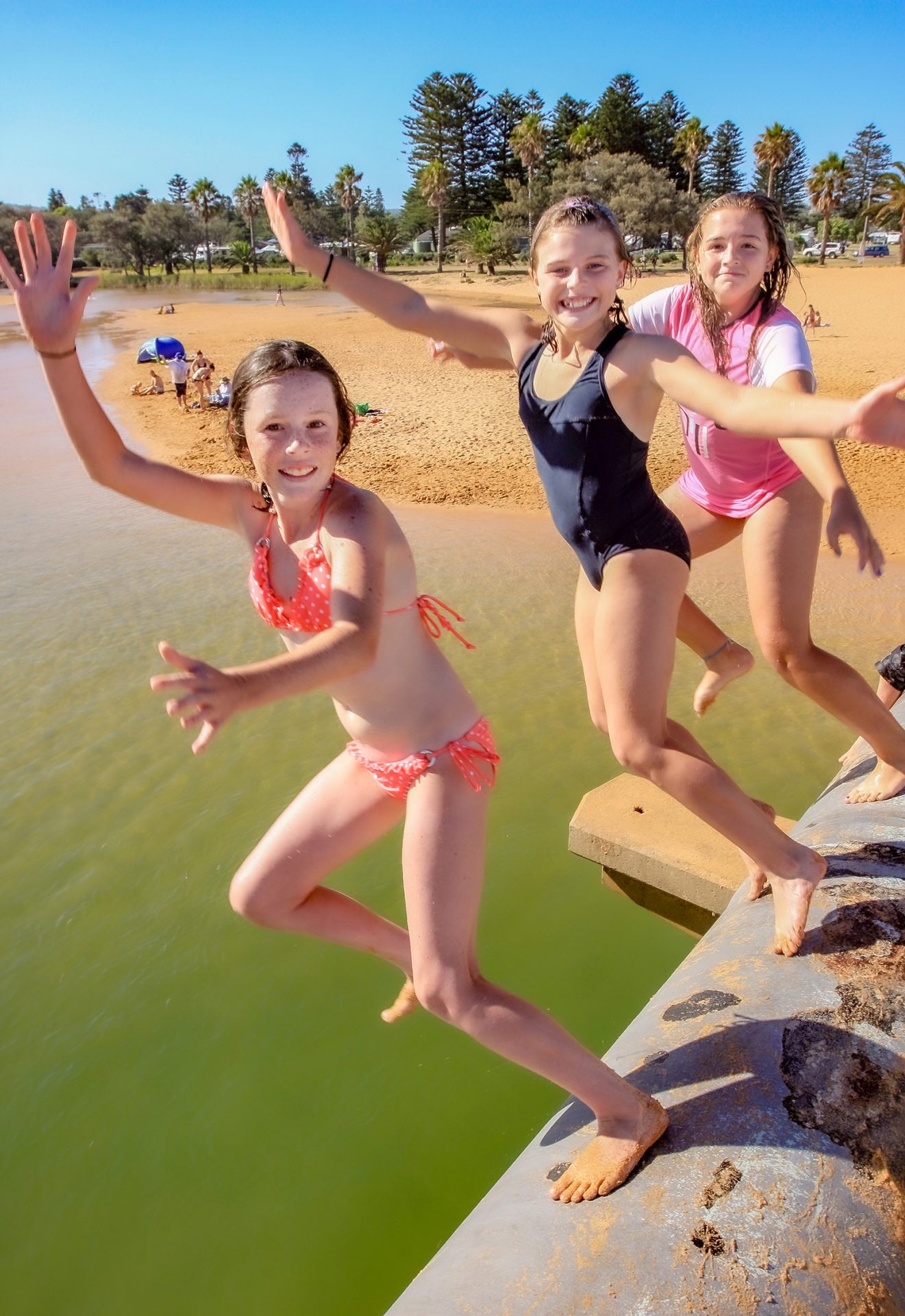
Sand reduction = flood risk reduction
As well as being a low-lying basin where rainwater naturally accumulates, Narrabeen Lagoon, which has a catchment area of approximately 55 square kilometres, is fed by five streams: Deep Creek, Middle Creek, Mullet Creek, Nareen Creek and Narrabeen Creek.
The entrance to Narrabeen Lagoon is periodically congested by an accumulation of sand brought in on the tides, which heightens the risk of localised flooding.
Dredging the entrance and the creeks that feed into the lagoon have been an issue ever since Warringah Shire Council – the predecessor of Northern Beaches Council – was founded in 1906.
Prior to 1900, according to historic photos and an 1870 painting by Conrad Martens (who accompanied Charles Darwin on the HMS Beagle) the lagoon was isolated from the ocean.
On 15 December 1914, the Sydney Morning Herald reported:
“At a meeting of the Warringah Shire Council the president (Councillor Quirk) suggested that the council should secure a loan of £10,000 for the purpose of draining certain low-lying land, providing a suction dredge for Narrabeen Lakes…”
Even when the channel is flowing freely, the stormwater that collects in the lagoon is impeded from flowing into the Pacific Ocean during high-rainfall storms that coincide with peak tides. Instead, it breaches the banks, where homes and infrastructure are at risk.

Northern Beaches Mayor Michael Regan acknowledged that the main objective of Council’s draft strategy is to reduce the risk of flooding on the Narrabeen Lagoon floodplain.
“Residents on the floodplain know too well the stress that comes every time there is forecast high rainfall, large swells or flood warnings,” he said. “The development of this draft strategy is about making sure we’ve canvassed all feasible options to reduce that stress, to reduce the risk and to make sure our lagoon management continues to follow best practice.
“Council has been actively managing the entrance to Narrabeen Lagoon to reduce the risk of flooding in the catchment while working on the longer-term management strategy. Fortunately, Council was able to complete the major sand clearance operation before Christmas ahead of the huge amount of rain that we’ve had in the first few months of this year.”
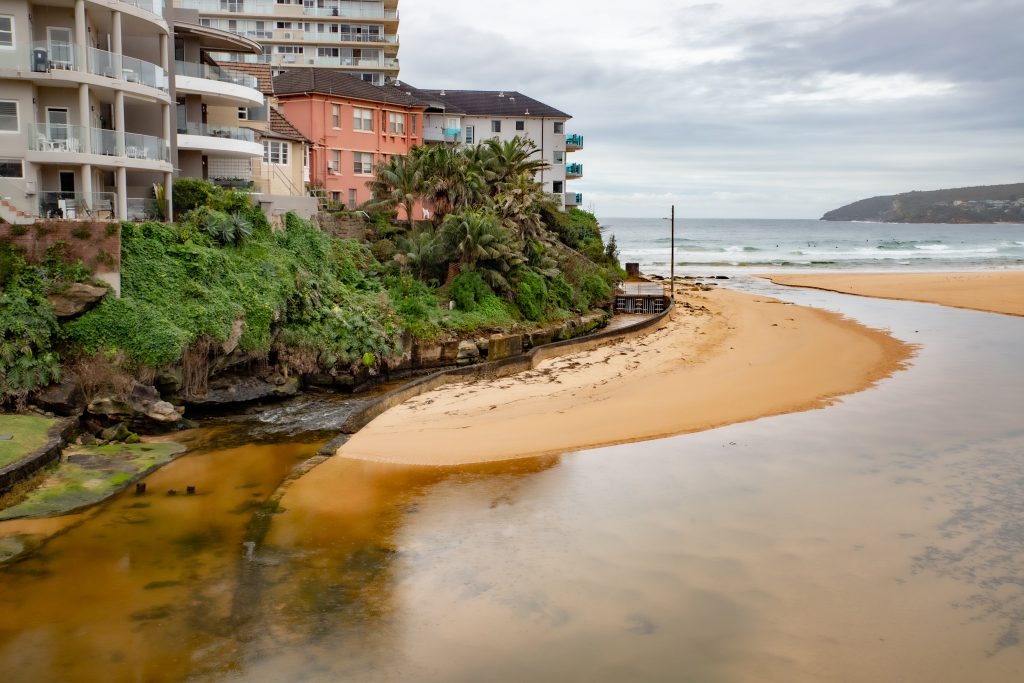
Costs versus benefits
During Northern Beaches Council’s 26 April meeting, it was revealed, “Every few years Council undertakes a larger scale removal of sand. Entrance clearance practices are referred to in the Strategy as Medium Term management, and involve the removal of about 30,000 – 50,000m3 of sand from the greater entrance area (west and east of the Ocean Street Bridge) with heavy machinery.
“This generally maintains the entrance in an open condition for several years, (depending on ocean and rainfall conditions). Each entrance clearance operation requires significant planning and funding and takes many months to plan and complete.”
However, the clearance operation is expensive – around $1 million each time.
The most recent dredging operation, undertaken between September to December 2021 by Soil Conservation Service, utilised an “amphibious excavator with a dredge head” for the first time, through which a “sand/water mixture is pumped through floating pipe work to a dewatering basin”.
The three-month extraction operation cost $1.47 million.
Vincent de Luca, Independent councillor for Narrabeen, was critical of Council’s decision to extend the review period of the draft strategy from 28 to 42 days. At the Council meeting on 26 April, when councillors voted to seek community feedback on the draft strategy, he said “Our community is desperate that it be finally addressed and something substantive actually happens.”
The draft Narrabeen Lagoon Entrance Management Strategy will be on exhibition from 6 May on Northern Beaches Council’s Your Say webpage:
https://yoursay.northernbeaches.nsw.gov.au/projects

